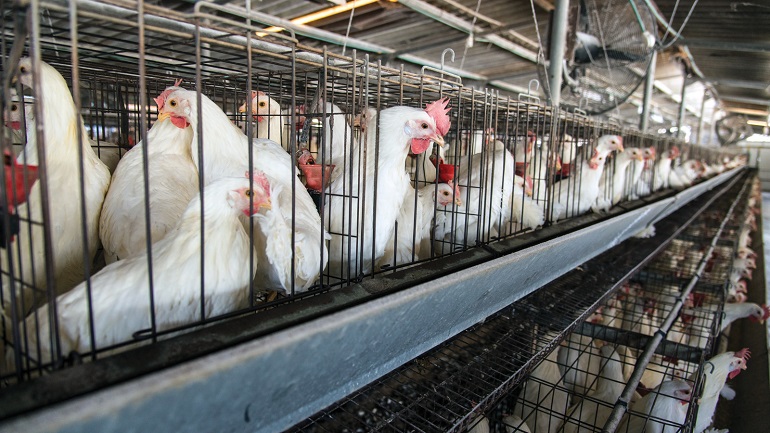The Hidden Horrors of Manufacturing unit Farm Animal Cruelty

In the contemporary era of mass production and consumerism, the time period “Factory farm animal cruelty” has turn out to be synonymous with efficiency and affordability in the foods sector. Nonetheless, powering the partitions of these industrialized operations lies a dark fact of animal suffering and cruelty that typically goes unseen by the common consumer.
Manufacturing cruelty.farm , also identified as industrial agriculture, is a method of intense animal farming that prioritizes substantial output and earnings margins over the effectively-being of animals. In these amenities, animals are confined to cramped and unsanitary problems, usually unable to show their organic behaviors or obtain appropriate nutrition and veterinary treatment.
One of the most substantial concerns related with manufacturing facility farming is the excessive confinement of animals. Pigs, chickens, and cows are frequently housed in overcrowded and barren cages or pens, not able to move freely or engage in organic behaviors such as foraging or socializing. This confinement not only triggers bodily soreness and pressure but also raises the probability of accidents and condition amongst the animals.
Furthermore, the use of antibiotics and development hormones is widespread in manufacturing unit farms to promote speedy expansion and avoid the spread of condition in such crowded situations. This overreliance on antibiotics has contributed to the rise of antibiotic-resistant micro organism, posing a significant danger to public health.
The regimen practices used in manufacturing unit farms also inflict huge struggling on animals. For instance, in the egg sector, male chicks are deemed economically worthless and are frequently discarded alive by the hundreds each day, either by getting ground up alive or suffocated in plastic luggage. Equally, in the dairy market, calves are separated from their mothers shortly following delivery, causing distress to equally the calf and the mom.

Perhaps a single of the most disturbing facets of manufacturing unit farming is the popular acceptance of cruel and inhumane treatment method of animals as common industry methods. Undercover investigations have uncovered situations of employees kicking, beating, and even sexually abusing animals in these facilities. Despite this sort of egregious functions of cruelty, perpetrators are not often held accountable because of to insufficient oversight and enforcement of animal welfare laws.
The environmental effect of Manufacturing facility farm animal cruelty can't be disregarded either. The intensive generation of animal waste in these amenities leads to air pollution of air, water, and soil, contributing to weather alter and ecological degradation. Additionally, the substantial use of assets this sort of as h2o and grain to feed livestock even more strains global foods techniques and exacerbates issues of foodstuff insecurity and inequality.
Despite these grim realities, there is hope for adjust. Elevated customer awareness and demand from customers for ethically sourced and sustainably produced food goods have led to the increase of substitute farming techniques these kinds of as natural farming, pasture-elevated livestock, and plant-based alternate options to animal goods.
As consumers, we have the electricity to drive optimistic alter in the foodstuff sector by producing informed alternatives and supporting ethical and sustainable farming procedures. By deciding on to boycott manufacturing facility-farmed products and advocating for stronger animal welfare restrictions, we can aid alleviate the struggling of millions of animals and develop a much more compassionate and sustainable foodstuff method for potential generations.
